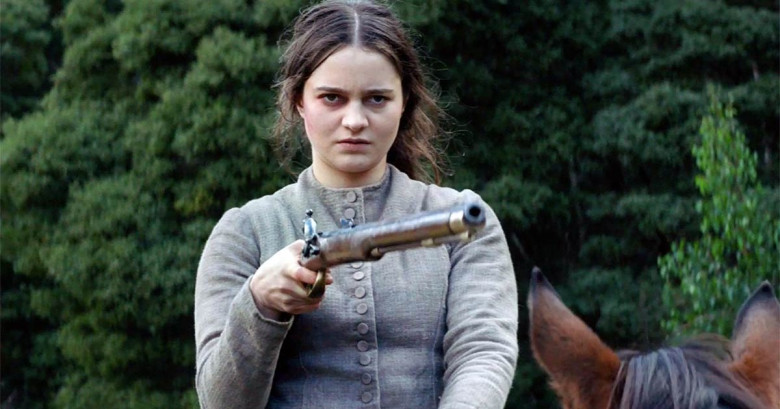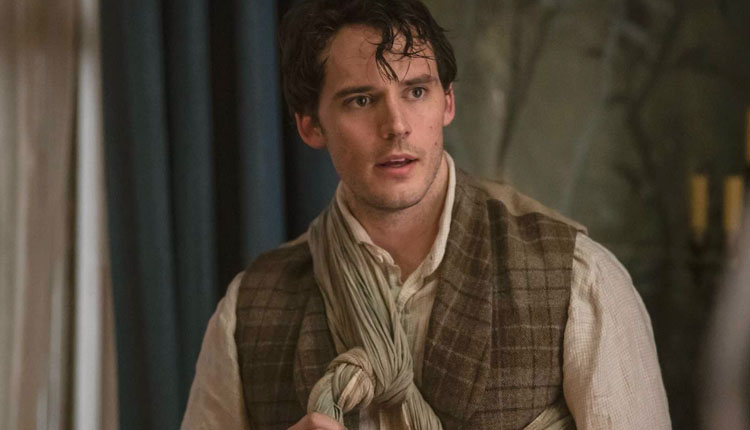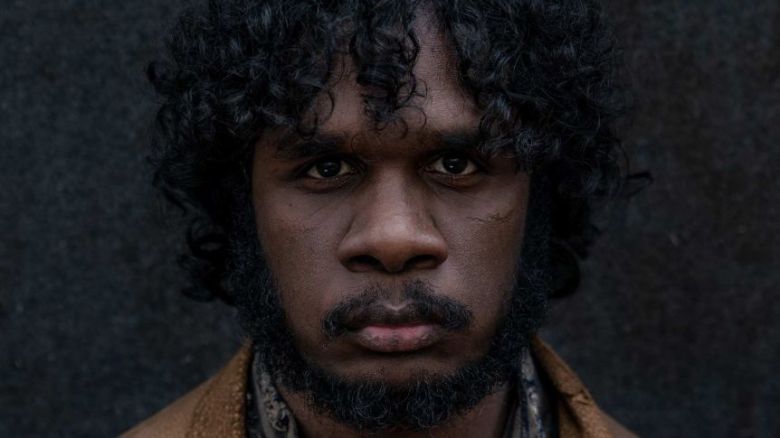The Nightingale | | Rated R
By Kyle Osborne
By turns horrific, haunting, and visually rich, “The Nightingale” is an original spin on a revenge tale.
Director Jennifer Kent (“The Babadook”) takes us to a time and place we’ve likely not seen in a movie: Tasmania, circa 1825, but material is as relevant as the evening news these days.
Clare (Aisling Franciosi) is an Irish convict who has worked away her sentence and now awaits her release papers to be sent by Lieutenant Hawkins (Sam Claflin), the local British army commander. But he has let months go by without releasing her, preferring to keep her for her beautiful singing voice, which pleases him and entertains the locals and the troops. The Lieutenant is surely the most depraved, creepy villain we’ve seen onscreen in years (as I try to recall someone in the same league, I think of Dennis Hopper in “Blue Velvet”).
Hawkins brutally rapes Clare, it is a disturbing scene, and it’s one of several crimes that I will not describe, but are atrocious. I suppose the director would argue that, logically, something unspeakably horrible would have to happen for the rest of the film to be authentic, or even make sense.
What happens is that Clare decides to go after Lieutenant Hawkins and his henchmen-they’ve fled the scene and started a long journey to northern Tasmania, where Hawkins hopes to be promoted to Captain in person. Setting off on horseback with a rifle, Clare is fueled by rage and raw pain, vowing to seek vengeance.
Meantime, we see that the British aren’t just overseeing Irish prisoners, they are also in what they call a “war against the blacks,” but is more akin to genocide of the aboriginal people of the island. This is not a happy place, folks. Clare enlists the help of an aboriginal man who knows the backwoods and thick bush like the back of his hand. Billy (Baykali Ganambarr) reluctantly agrees to be her guide. Now, we have a buddy picture (odd couple style), a road picture and the aforementioned revenge flick. The elements are familiar tropes, but Kent has dressed them in period costumes and gorgeous scenery, and, being honest, there is an undeniable artistic value that goes missing in, say, “The Equalizer 2.”
The abuse of human beings, black or Irish, chief among them, gives us a rooting interest in seeing the bad guys get what’s coming to them, and it’s no spoiler to say that the horrible things that happen early on are not redressed in the final act, yet the way Kent gets there is unique to this story. It takes a good while to get there, but these characters are relatable and memorable, and best of all—you haven’t seen this movie before. That’s always worth a lot.
Rated R for strong violent and disturbing content including rape, language throughout, and brief sexuality |Release Dates in Your Area



